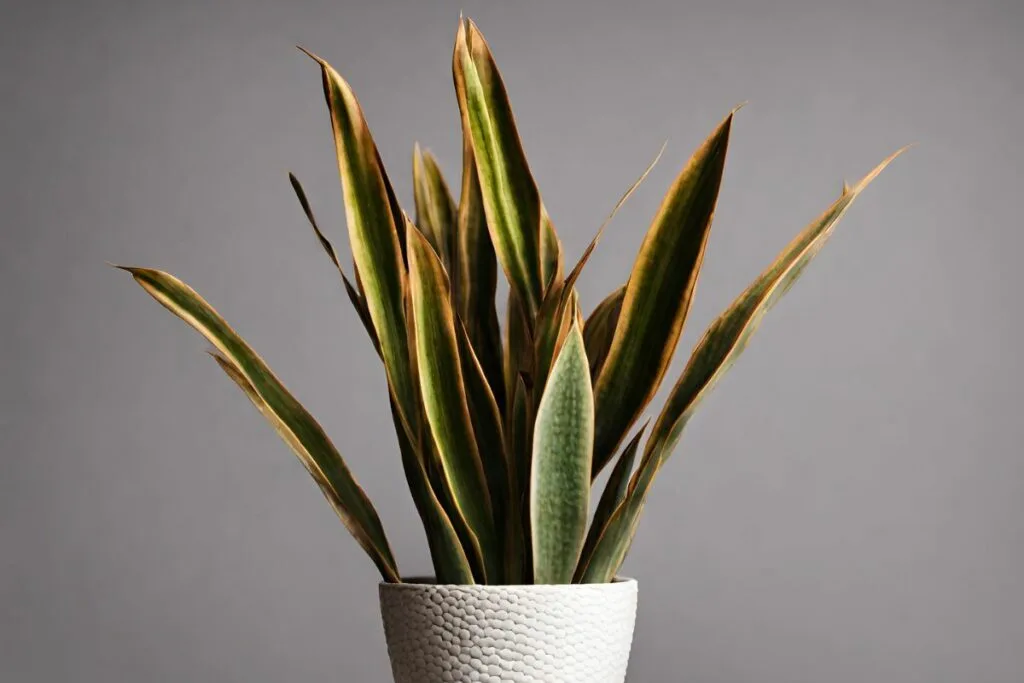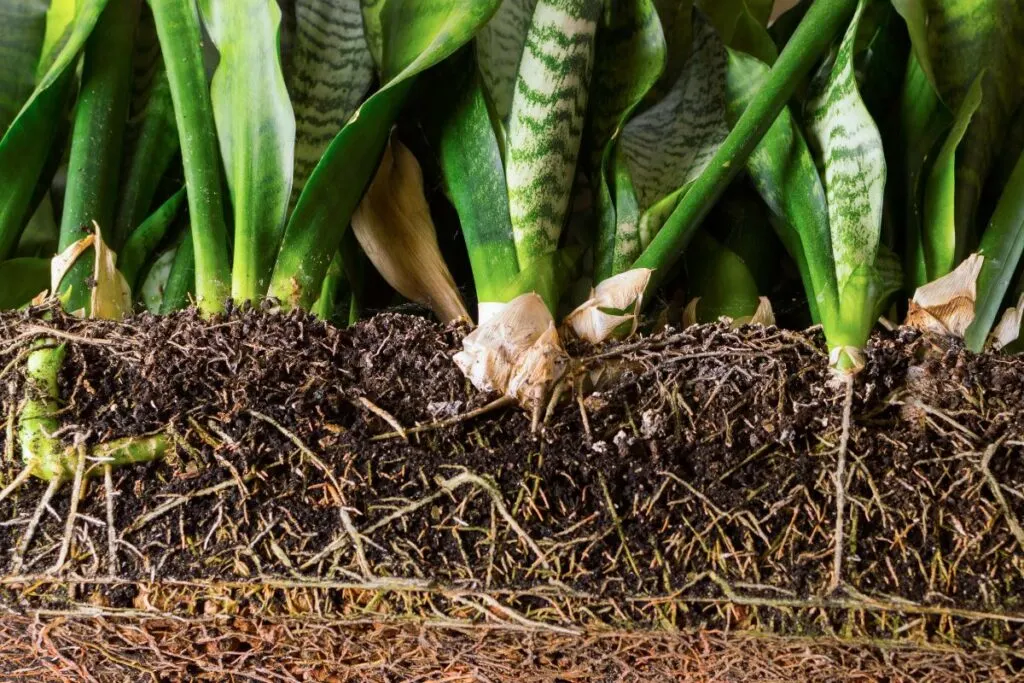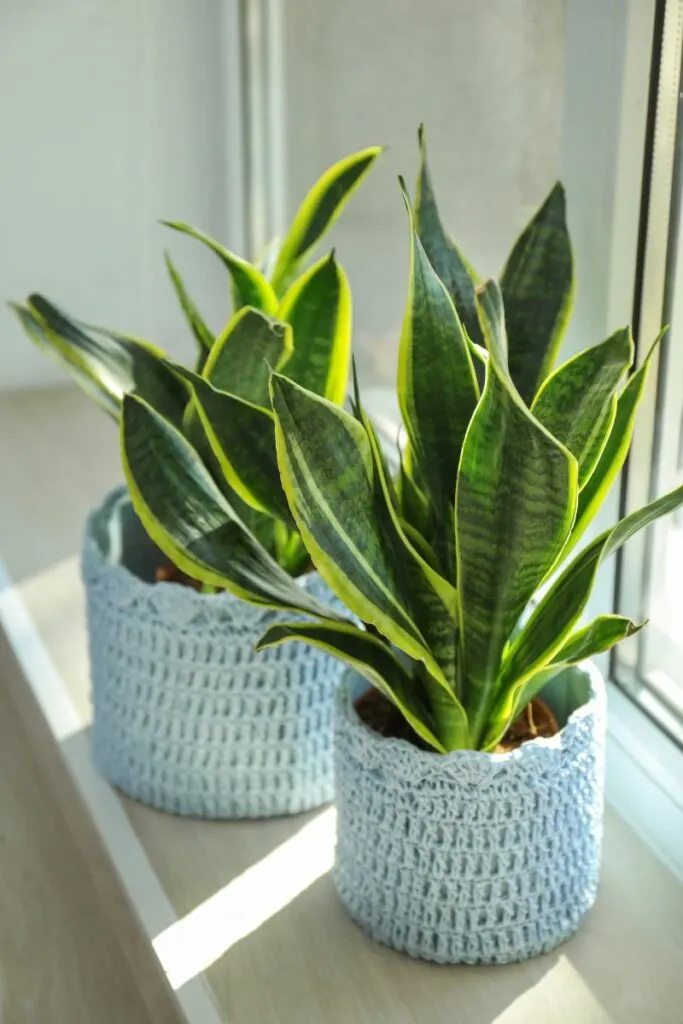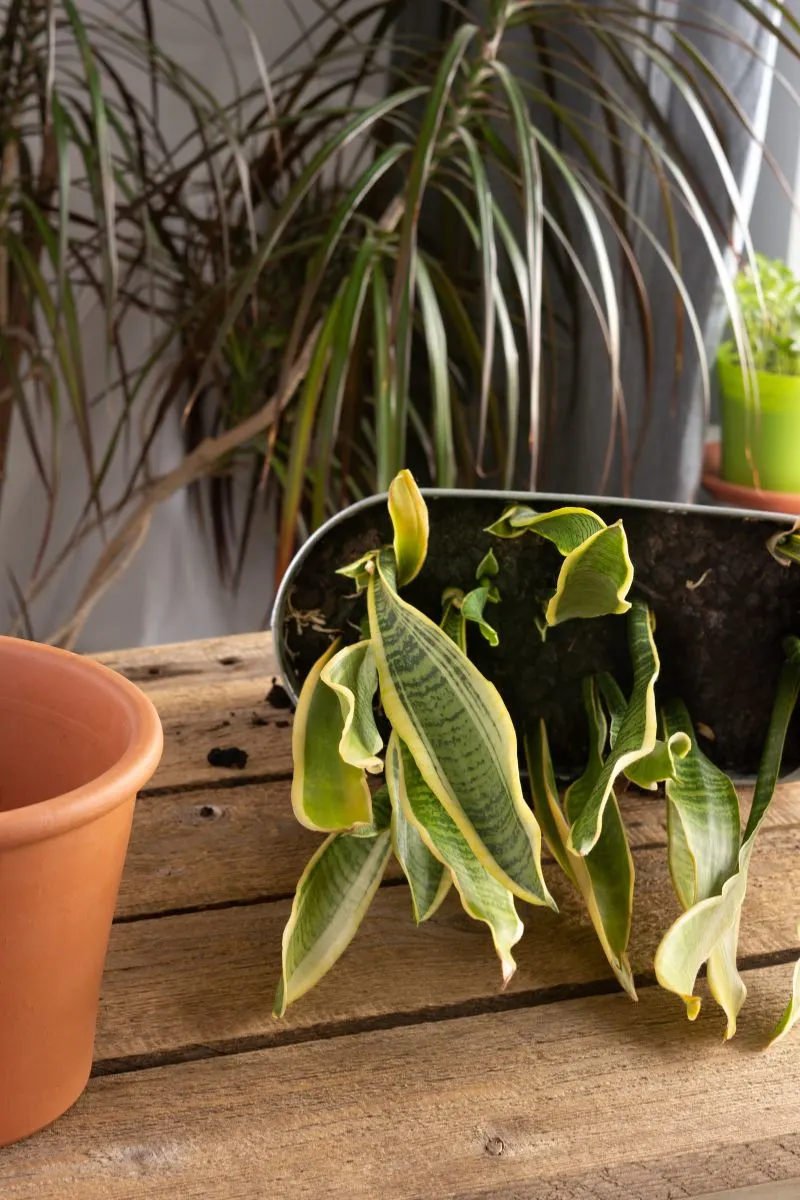Struggling with snake plant leaves curling? Uncover the top reasons behind this issue and simple solutions to help your snake plant recover.
Got a snake plant at home? These plants are great because they’re tough and don’t need much care.
But sometimes, even these sturdy plants show signs of trouble, like curling leaves. This usually means your snake plant is stressed and needs a bit of help.
If you see snake plant leaves curling, don’t worry too much. It’s important to figure out what’s causing this.
Check for things like dry soil, yellow leaves, or signs of pests. Most of the time, you can fix the problem and get your plant healthy again.
Let’s look at some of these issues more closely.

Main Reasons for Snake Plant Leaves Curling
The first step is understanding why your snake plant’s leaves are curling. Once you know the cause, you can start fixing it.
One common reason is pests. Yes, those little bugs can be a big headache.
But it’s not just them; your plant might also be dealing with too much water, not enough water, or even cold temperatures.
Continue reading to learn the reasons for snake plant leaves curling inward.

Overwatering
Too much water can make your snake plant’s leaves curl. They’ll feel squishy, start drooping, and even turn yellow.
To check if overwatering is the issue, poke your finger into the soil.
If it’s wet, hold off on the water. Snake plants need their soil to dry out completely between waterings.
Overdo it, and you risk root rot, which is bad news for your plant.
Underwatering
On the other hand, not enough water is also a common culprit.
If your snake plant’s leaves have brown tips and look wrinkled, it’s probably thirsty.
To check, stick your finger about an inch or two into the soil to test the moisture.
If it’s dry, it’s time to water. Apply the bottom-watering method, which gradually lets water seep through the pot’s drainage pores.
Remember, snake plants can handle some drought, but they still need water.
Generally, watering every two to four weeks is a good rule of thumb, but this can vary with the seasons, as water evaporates more quickly in the heat.
What Other Reasons Lead to Curling Leaves?
Sometimes, despite our best efforts, our snake plants might struggle with issues that cause their leaves to curl.
If you’re not immediately sure what’s going on with your plant, don’t worry – you’re not alone. Many gardeners have faced these challenges and figured them out.
Here are some other common reasons why snake plant leaves might curl:
1. Pest Infestation
Pests like aphids, thrips, mealybugs, and spider mites love to make a meal out of houseplants, including snake plants.
These tiny insects feed on sap and have a short lifespan before taking over your plant.
If you believe that snake plant leaves are curling because of them, take a close look at your plant.
The treatment for most infestations is similar: rinse the affected leaves with a strong stream of water and then apply a neem oil solution to keep them at bay.

2. Hardened Soil
The soil is vital for plant growth.
However, excessive soil compaction in a pot might make it hydrophobic, repelling water, which means your snake plants won’t be able to absorb any.
Your snake plant will become submerged as a result, which will cause its leaves to curl.
To fix this, repot your snake plant using a cactus or succulent potting mix, being careful not to pack the soil too tightly.

3. Severe Heat
Snake plants are tropical and prefer temperatures between 65 and 85 degrees Fahrenheit (18 – 28°C).
Their leaves will curl and droop if left in an area where the temperature falls below the recommended mark.
They may also grow dry and curl if exposed to temperatures above 85 degrees (28 C).
You can keep them in their happy temperature range and away from heating vents and drafty windows.
4. Excessive Fertilization
If your snake plant’s leaves are curling, it might be due to too much fertilizer. This can cause ‘fertilizer burn’, which is essentially an overload of nutrients in the soil.
If you think this is the case, gently remove any visible fertilizer and flush the soil with distilled water to wash away excess nutrients.
Also, make sure the water drains completely to prevent excessive retention that could lead to root rot.

5. Root-based Problems
As plants grow, they can become rootbound, meaning their roots have filled the pot and can’t grow anymore.
This can cause a lack of oxygen and water, leading to curling leaves in snake plants.
You can check the drainage holes for visible roots or gently lift the plant to inspect its roots. This occurs if a thick mass of roots forms a spherical shape.
A rootbound plant has an easy fix – just place it in a larger pot!
Want more?
Snake plants are pretty tough and can bounce back from many issues. If you’re dealing with curling snake plant, chances are good that you can nurse your plant back to health.
Check out our other articles for more tips on caring for these resilient tropical plants!
Thanks for reading!


Hey there, I’m Morgan, a houseplant enthusiast from sunny Charleston, South Carolina. Growing up surrounded by my mom’s lush orchids and African violets, I discovered the magic of bringing nature indoors. Thanks to the pandemic, I delved deeper into houseplants, discovering their power to uplift moods and transform spaces. I’m here to spill all my secrets, helping you pick the perfect houseplant – and make it happy. Let’s keep your plants alive, together! 😊
